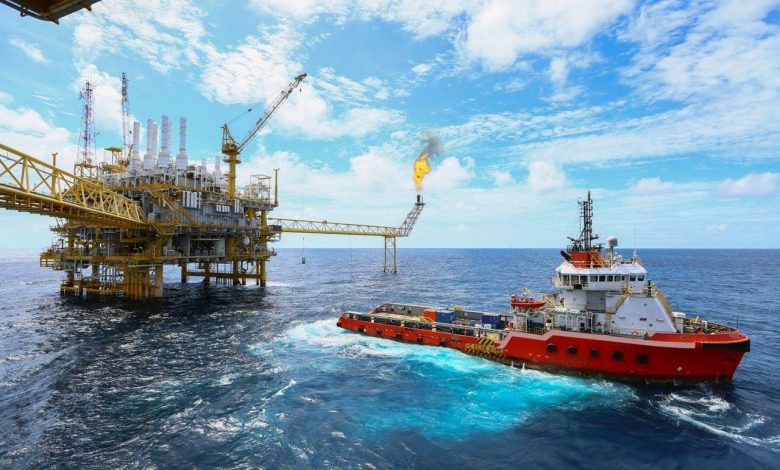Environmental Impacts of Deep-Water Oil Drilling

Offshore Drilling
In recent decades, as oil and gas resources have become depleted from easily accessible deposits around the world, new technology has emerged to allow for oil and gas extraction within offshore locations in water depths over 200 meters. Environmental advocates have been vocal about identifying and studying the direct, indirect, and cumulative environmental impacts of the petroleum and natural gas industries on deep-sea ecosystems and coastal environments prior to initiating policies to expand offshore drilling.
Environmental scientists have studied the ecological and physiological impacts of the hydrocarbon industry in marine environments for decades (Burggren et al, 2015). While the average citizen may be able to comprehend the physical coastal impacts of a massive oil spill like the Deepwater Horizon Oil Spill in the Gulf of Mexico, it’s important to also convey how this industry impacts ecosystems that aren’t visible from the shoreline.

Deep-Sea Ecosystems
Deep-sea ecosystems are uniquely complex. The natural systems that can be found within the deep depths of the ocean function at slower growth rates and have much longer life spans when compared to the ecosystems found within shallow waters (McClain and Schlacher, 2015). Therefore, when exposed to anthropogenic influences, the deep-sea ecosystems are less resilient to their impacts. Even without suffering a significant oil spill, the routine activities initiated by the hydrocarbon industry can have numerous adverse environmental impacts during each phase needed to conduct offshore oil and gas extraction (Cordes et al, 2016).

Adverse Impacts
Indirect impacts of the oil industry include the noise from drilling, artificial light, and a general increase in human activity within the region. Direct impacts include the physical infrastructure, drill cuttings, and discharged drilling fluid needed to extract the hydrocarbons. Increased seismic activity can also adversely impact many marine mammals and the species that inhabit the ocean sediments (Cordes et al, 2016). Moreover, the cumulative impacts of the industry (amplifying climate change, increasing carbon emissions that lead to ocean acidification, etc) should not be overlooked as well.
In addition to the less visible deep-sea impacts of the oil and gas industry, onshore coastal environments are also impacted when hydrocarbons are inadvertently released from offshore drilling operations. Risk modeling assessments indicate that catastrophic events such as the Deepwater Horizon incident should be expected at least once every 17 years (Eckle et al, 2012). When these events occur, toxic particles can persist within coastal and marine systems for many years or even decades (Cordes et al, 2016).

Lasting Changes
Emerging scientific studies suggest that some impacts from the hydrocarbon industry may be able to cause intragenerational phenotypic changes (changes to an organism’s observable characteristics or traits) as a result of exposure to environmental pollutants (Burggren et al, 2015). Therefore, the direct, indirect, and cumulative environmental impacts of the petroleum and natural gas industries can be long-lasting and detrimental for coastal and deep-sea ecosystems.
Sources
Burggren et al. (2015). “Deepwater Horizon Oil Spill as a Case Study for Interdisciplinary Cooperation within Developmental Biology, Environmental Sciences and Physiology” World Journal of Engineering and Technology. 3, 7-23.
Cordes et al. (2016). “Environmental Impacts of the Deep-Water Oil and Gas Industry: A Review to Guide Management Strategies” Frontiers in Environmental Science.
Eckle et al. (2012). “Risk of large oil spills: a statistical analysis in the aftermath of Deepwater Horizon” Environ. Sci. Techonol. 46, 13002–13008.
McClain and Schlacher. (2015). “On some hypotheses of diversity of animal life at great depths on the sea floor” Mar. Ecol. 36, 849–872.



